4 Shade-Loving Perennials That Need Barely Any Sunlight
So what if you don't have sun?
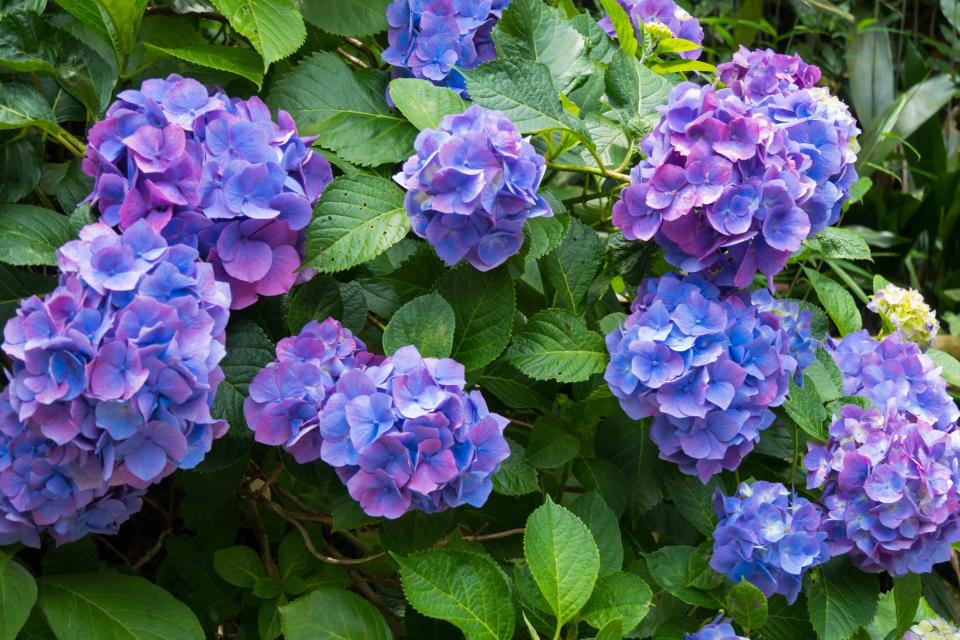
Hiro1775/Getty Images
Do you dream of having a sunny yard full of blooming plants? Just because your backyard or patio doesn’t get a lot of sunlight doesn’t mean you can’t grow a verdant garden. It just means you need to know the best shade-loving varieties to plant. With summer here, it couldn’t be a better time to get growing. Here are four shade-loving perennials to consider planting, along with some helpful tips to ensure your plants thrive—even without sun.
Related: 20 Impossible-to-Kill Outdoor Plants
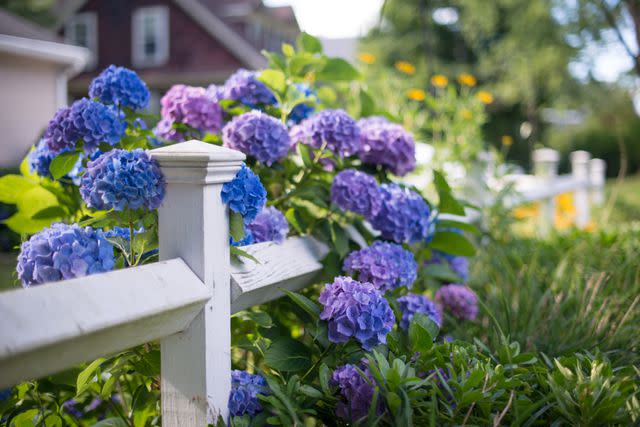
Getty Images
Hydrangeas
Looking for a gorgeous, colorful shade-loving perennial? It’s hard to go wrong with hydrangeas. These lovely flowers instantly elevate any garden. Courtney Sixx, founder of Bouquet Box, tells me these flowers “add a touch of soft beauty.”
Whether you like blue, pink, purple, or white flowers, there’s a hydrangea variety to complement your garden. Sixx’s favorite color? “A purple-blue shade.”
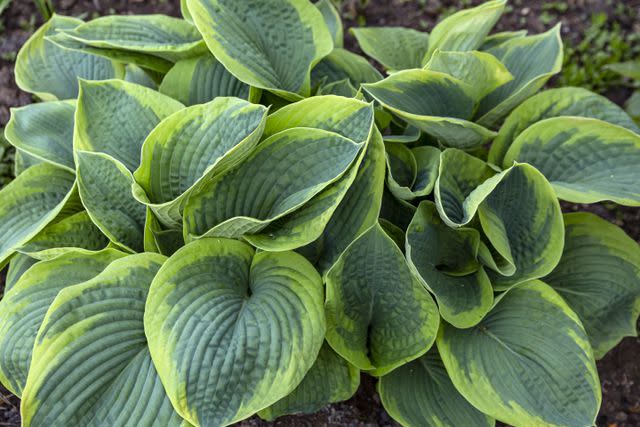
Getty Images
Hostas
Fancy a leafy plant more than a flower? Why not grow a hosta plant? “There are many different varieties to choose from: solid, variegated, and different sizes,” says Sixx.
New York Botanical Garden-certified horticulturist Bliss Bendall is also a big fan of hosta plants because they aren’t too challenging to maintain. “They are extremely hardy, and when planted in the correct location, they can return for decades in the garden. Once they begin to grow and establish in the garden they require minimal maintenance. Meaning they do not need a ton of water and fertilizer to help them flourish year after year.”
She suggests watering thoroughly after planting and then frequently—especially in hot and dry weather—until the plant is established and flourishing. “The leaves should be cut back [off] in late fall to encourage new, better growth for the following spring and summer but can also be left on to be pruned off in spring instead, for some varieties can hold a nice green in winter especially depending on what part of the country you’re in.”
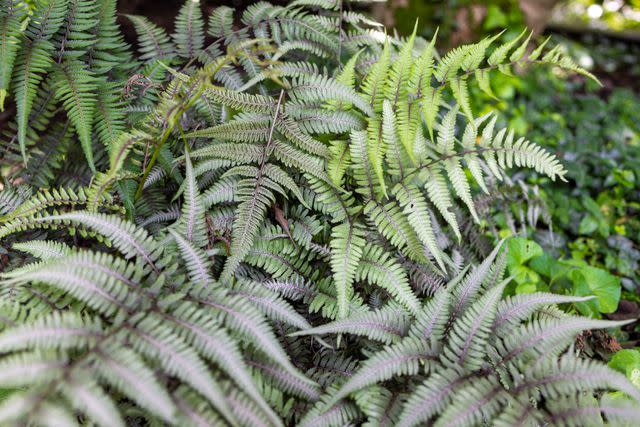
Getty Images
Ferns
Most of us think of ferns as simple houseplants, but these are also great perennial plants for shady areas in your backyard. If you want to be a plant parent but live in a city and just have a small balcony or your home simply lacks an abundance of outdoor space—go with ferns.
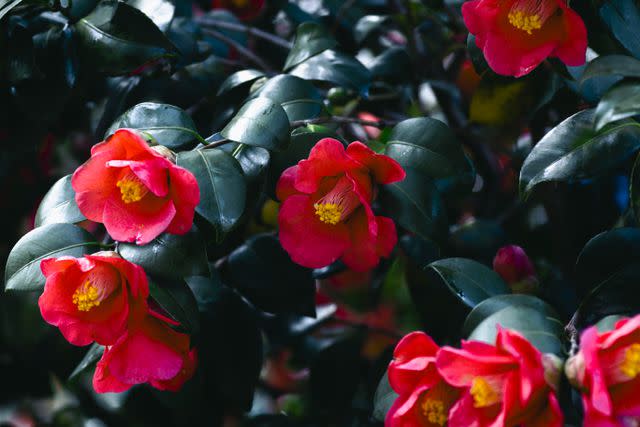
Getty Images
Camellia Bushes
But what if you have a larger property with lots of space to fill? Camellia plants are more than worth considering. They can grow a generous five to seven feet wide with a height of six to fourteen feet.
Camellia bushes are also a favorite of Sixx’s for their fantastic color options. “Shade doesn’t mean all green,” she explains, “I like to color-contrast my shade garden with several colors, particularly pink, blue, and purple.”
Tips for Growing Shade-Loving Perennials
The Sill’s plant expert Paris Lalicata recommends doing a little bit of research before you head to your local nursery to choose your plants. “In order to create a successful shade-loving perennial garden, you’ll need to carefully select plants that are specific to your hardiness zone and to choose plants that will thrive in full shade.”
Prior to planting, she suggests first enriching the soil with organic matter like compost or well-rotted manure. “This will help to build soil structure and increase drainage and fertility."
When planting, she advises digging a hole twice as wide and as deep as the root ball. “When placing the plant in the hole, make sure that the base of the plant is level with the soil surface before backfilling with soil. Apply a two- to three-inch layer of mulch, which will help to conserve moisture, regulate soil temperature, and suppress weeds, but keep the mulch away from the base of the plants to prevent any chance of rot.”
Lastly, she tells me it's best to water your newly planted garden deeply and thoroughly, especially during the plant's first season to encourage the roots to establish.
For more Real Simple news, make sure to sign up for our newsletter!
Read the original article on Real Simple.


